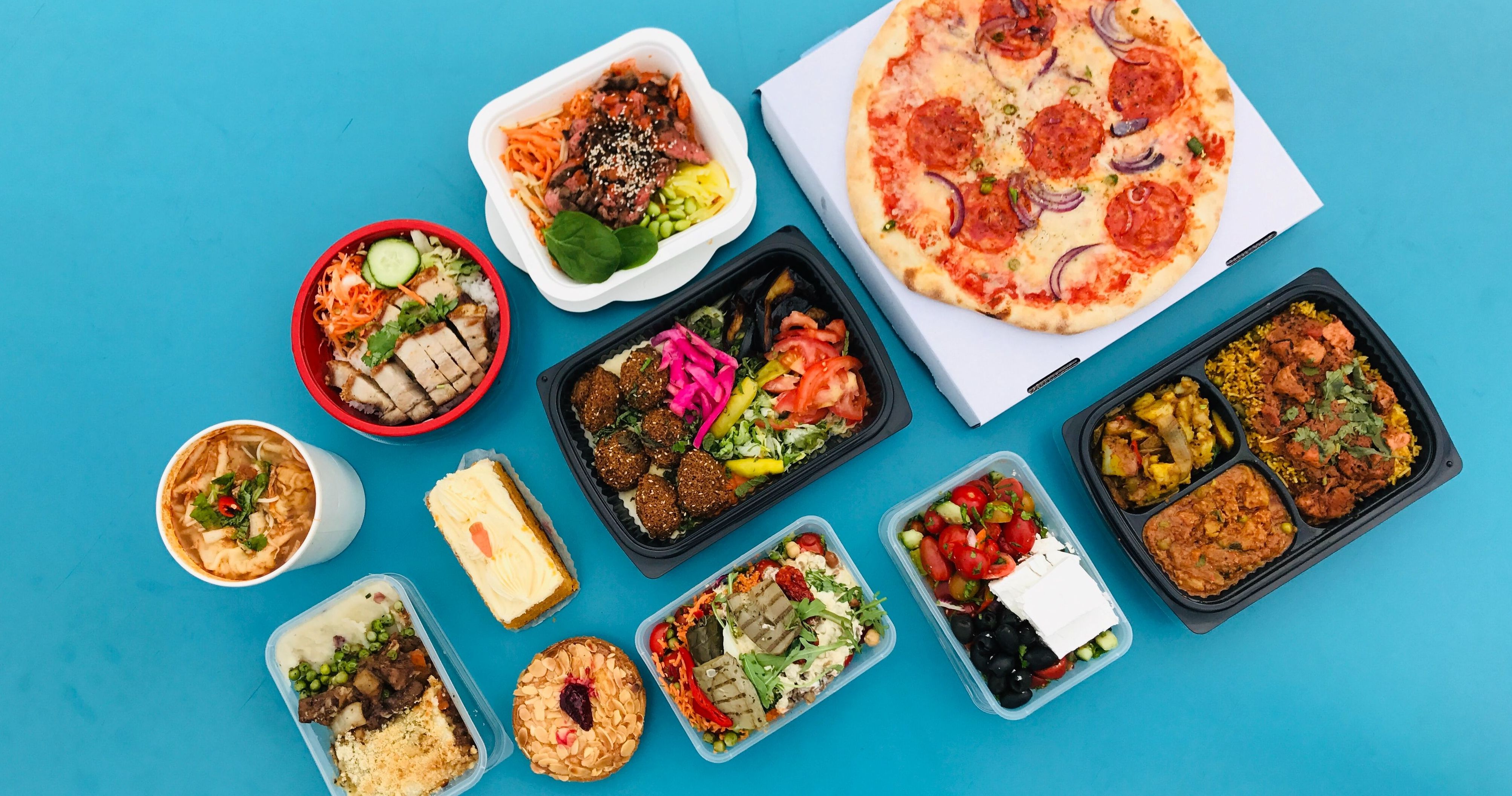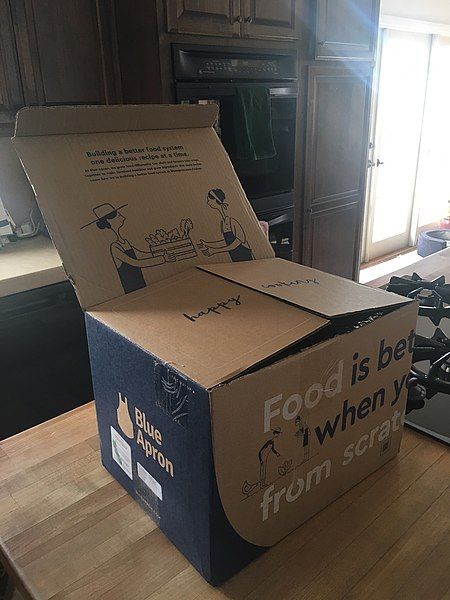A recent study by Packaged Facts projects double-digit growth in the US meal kit delivery market. The research firm found that the US meal kit market recorded annual sales of $2.6 billion in 2017 and was set to hit $3.1 billion in 2018, resulting in a growth of more than a fifth (22%). Similar gains are forecast for the sector in the next few years too. Globally, the marketplace is forecast to be worth almost $9 billion by 2025.
Convenience meal kits first made their way onto the scene more than a decade ago in Scandinavia. Their entry to the US market has since created multi-billion-dollar opportunities for suppliers looking to build profitable meal kit subscription services for time-poor households.
The meal kit delivery market has filled a much-needed gap in the consumer market, where hard-working families lack the time to prepare fresh, healthy meals. These subscription services also help expose consumers to different foods, enhancing their cooking skills and being supplied the right amount of ingredients also minimizes food waste.
Who are the biggest players in the US meal kit delivery market?
The best meal kit delivery services take the hassle out of grocery shopping and breathe fun back into home cooking. With quirky, innovative dishes and all the ingredients you need on tap, more young professionals are recognizing the ease and convenience of meal kits. But with so many emerging services, it can be difficult to know which one to choose. That’s why we’ve put a spotlight on the leading brands in the US below.
Home Chef
According to this Home Chef review, every meal kit comes packaged in fully recyclable boxes, complete with internal ice packs to keep ingredients fresh and chilled. Home Chef offers a handy starter plan for new customers, costing $19.99 for two servings. All of its meals are said to take no more than 30 minutes to prepare, with 16 different meal choices currently available, based on your preferences. The Home Chef kits are now sold in Kroger stores across the country, helping the brand become a household name for entry-level meal kit users.
AmazonFresh
It’ll be of little surprise to most online consumers that Amazon has got in on the act of meal kit deliveries. AmazonFresh operates in a slightly different way to most other services in this article. You can choose between one, two and six-people feasts as an AmazonFresh subscriber. If you want to be a subscriber though, you’ll either need to be an Amazon Prime member or subscribe to the $14.99-a-month AmazonFresh service.
Two-person meals start from around $18. Delivery of the meal kits is free, providing you spend more than $40, which is generally covered by ordering at least two different meals for two. AmazonFresh doesn’t tie you down to a weekly cycle. Instead, you can order meal kits as and when you want on an a la carte basis.
Blue Apron
"A box used by Blue Apron to ship their meal kits" by Timtempleton (CC BY-SA 4.0)
Blue Apron was one of the pioneers of meal kit delivery services in the US and over the years has built up a loyal band of subscribers. You get total flexibility when it comes to selecting your meals, all of which are shipped out and packaged with ice to maintain freshness. A convenient starter plan with Blue Apron covers three meals a week for two people, costing $56. Vegetarians are also well catered for at Blue Apron, with plenty of veggie dishes up for grabs. Customers aren’t tied into long-term memberships, with the flexibility to pause and skip deliveries ad-hoc.
HelloFresh
HelloFresh has made waves not just in the US but across the pond in the UK too. Its revenues were up 41% to €1.3bn in 2018, with almost 200 million meal kits delivered to customers in more than 11 countries. HelloFresh was the brainchild of Swedish start-up firm, Linas Matkasse, which specialized in sending boxes of ingredients with recipe cards attached.
Family plans are available with HelloFresh, giving you up to three meals for four people, while the classic plan provides up to four weekly meals for between two and four people. The brand proudly advertises that meals are delivered using only recyclable materials at just $8.99 per serving, plus shipping.
Purple Carrot
Last but by no means least, Purple Carrot offers an exclusively vegan meal plan, starting from $68 per week. Within that plan, you’ll get three vegan meals, each serving two people. There are also two additional meal plans – serving 30-minute-or-less recipes and high-protein recipes alike. For those who want a healthy, convenient breakfast, Purple Carrot also offer breakfast dishes that work out at $6 per serving.
It’s likely that grocery stores will eventually follow suit and try to compete with meal kit delivery services, which could see the market growth stabilize in the long-term. Nevertheless, the industry is in a promising position currently, which is certainly to the benefit of busy homes across America.


